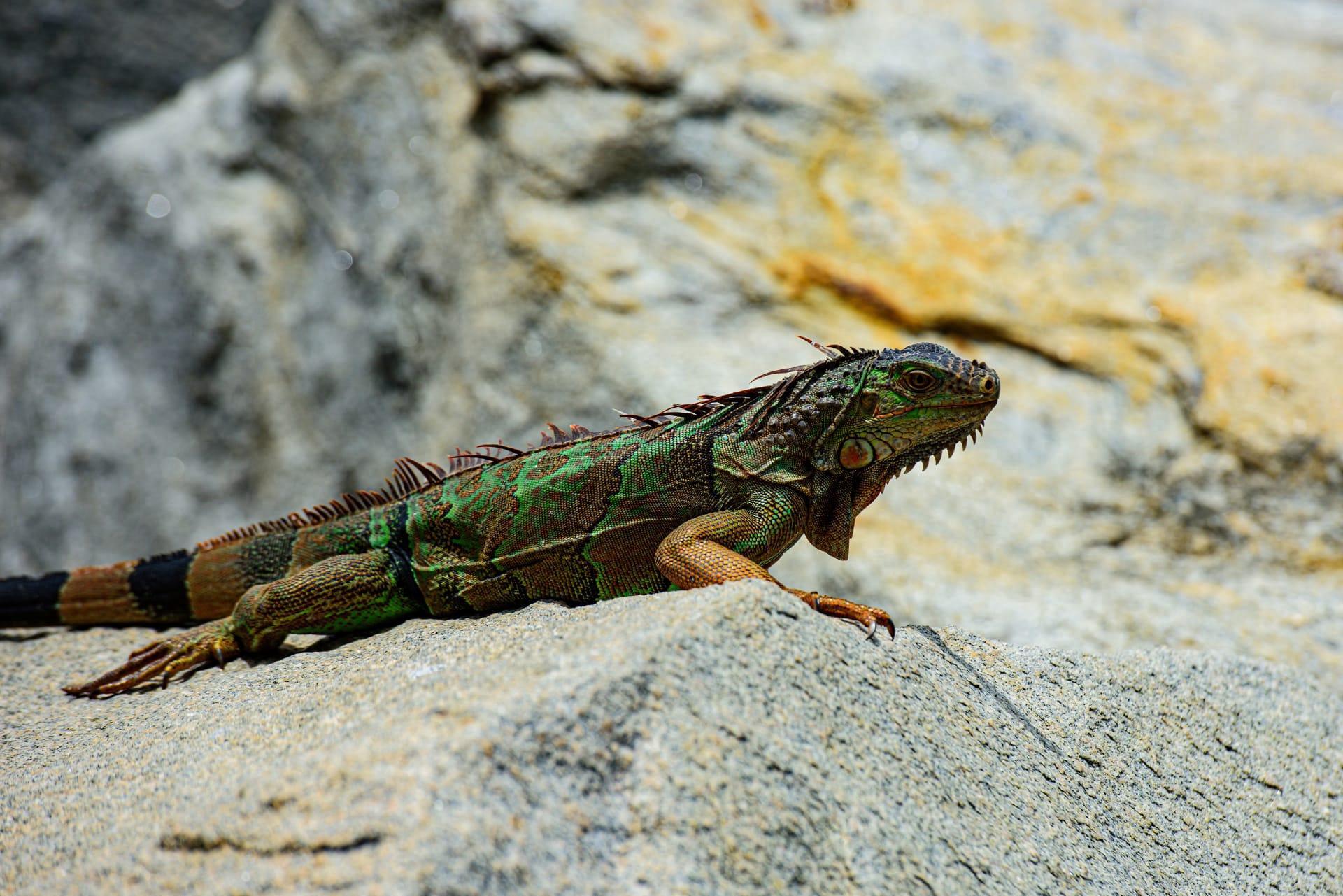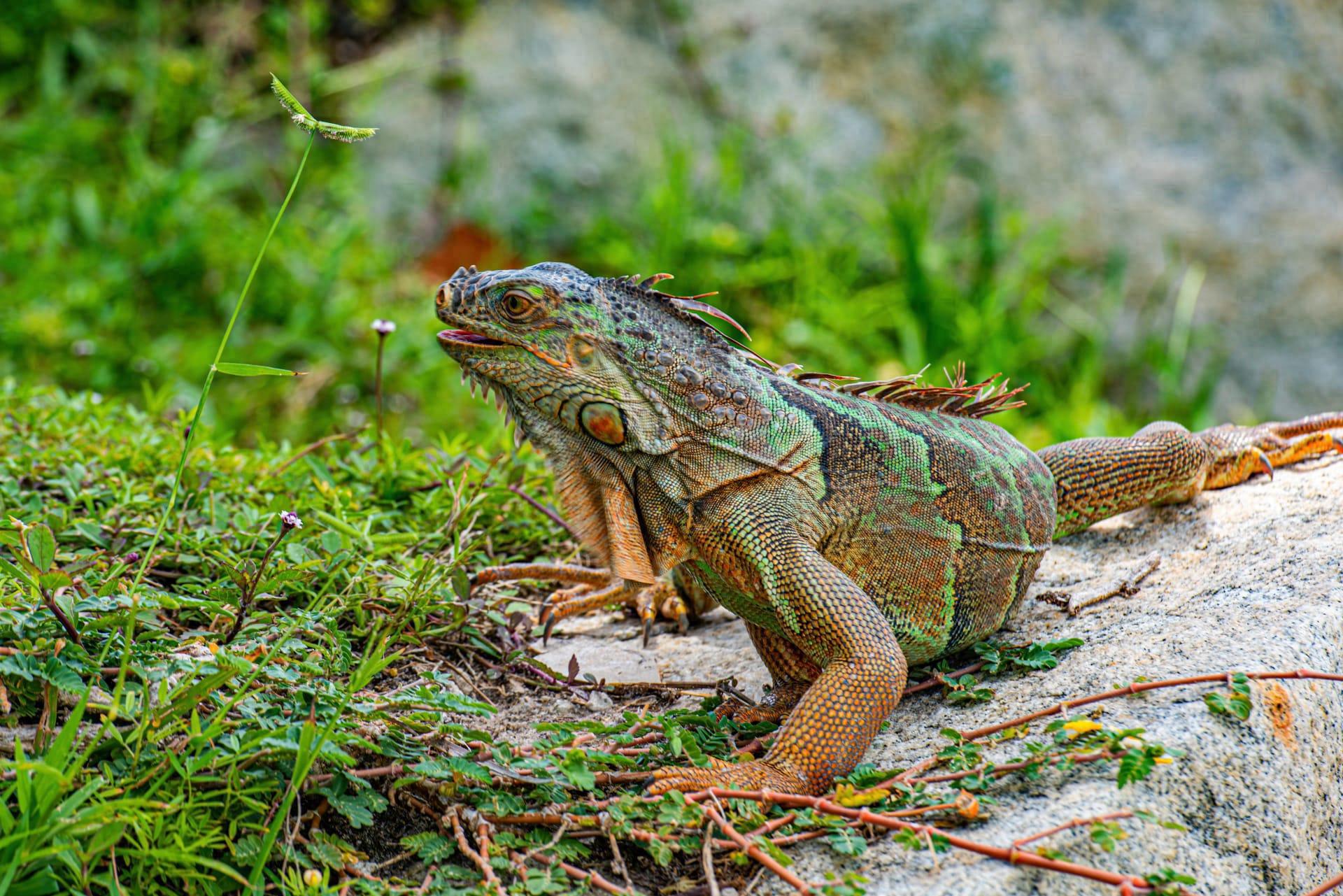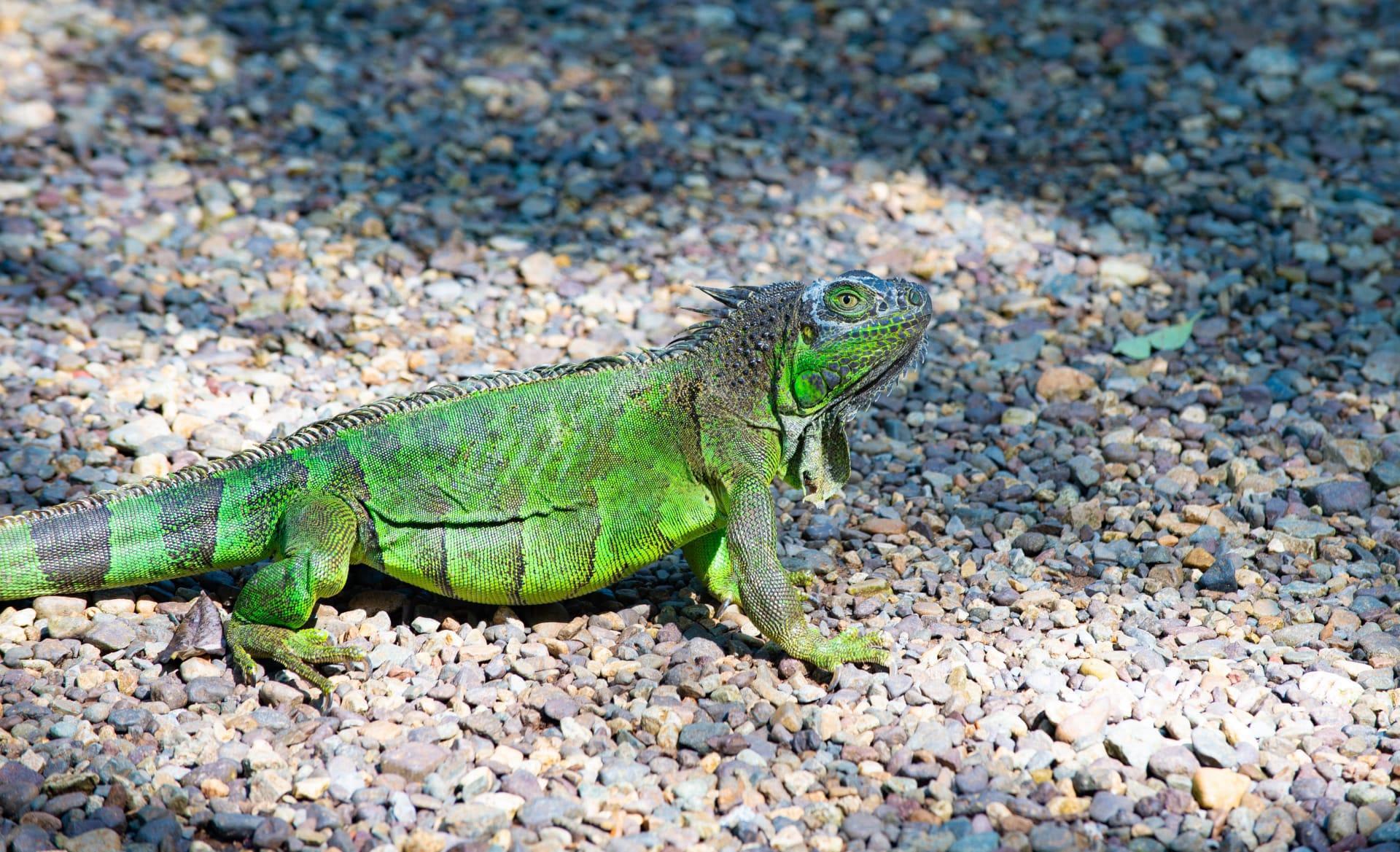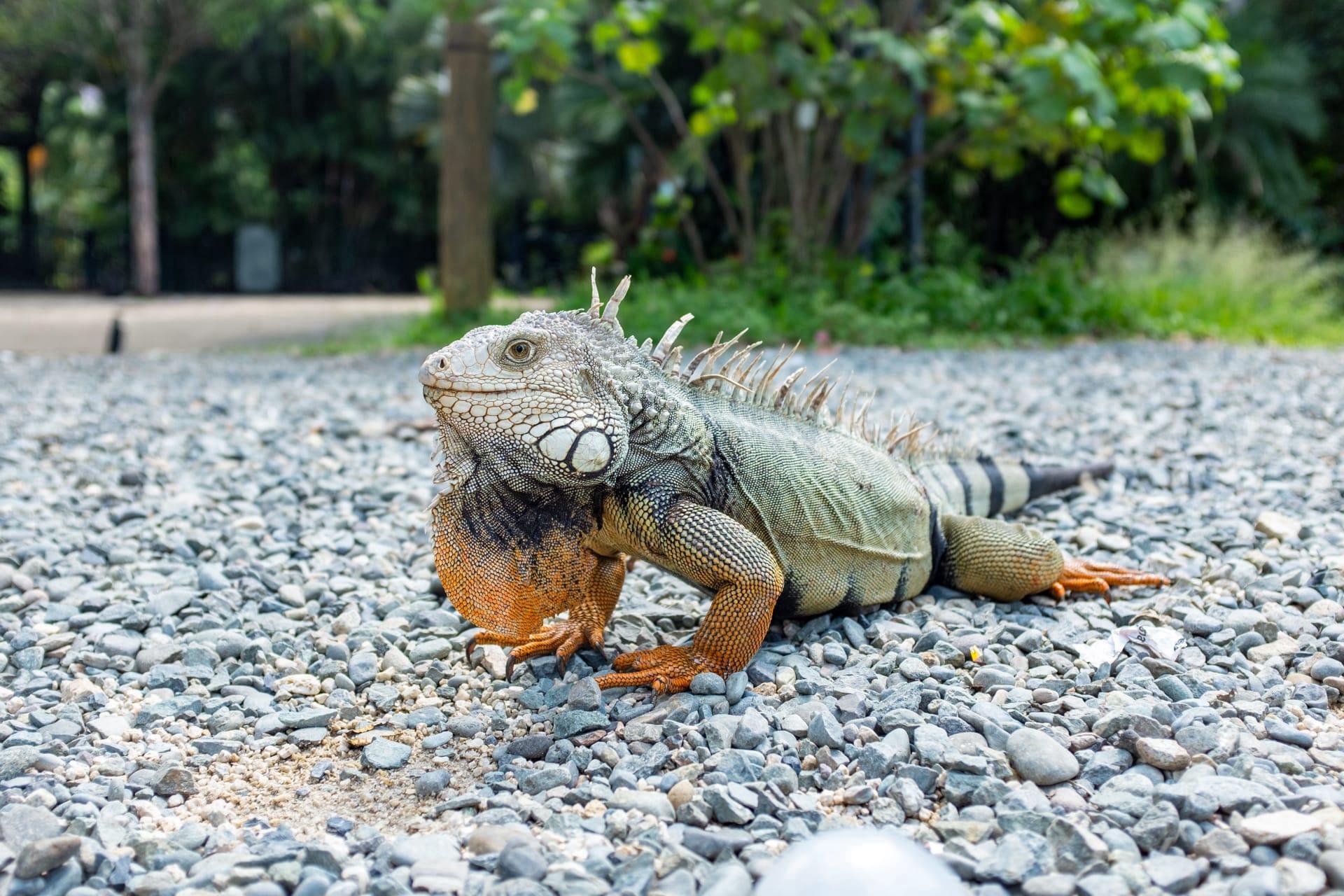1
Water dragons, specifically the Australian Water Dragon, have a unique physiological feature: they can stay submerged underwater for up to 90 minutes. This ability is not just for hiding from predators, but also for ambushing prey. While underwater, they slow down their heart rate to just one or two beats per minute, reducing their need for oxygen. Imagine, in a stressful situation, being able to slow down your heart to near stillness – that's their survival trick!
Another fascinating fact about water dragons is their tail, which comprises about two-thirds of their total body length. An adult Australian Water Dragon can grow up to 3 feet (about 90 cm) in length, with its tail accounting for 2 feet (approximately 60 cm) of this. This long, powerful tail is not just for show; it serves as a rudder when swimming, allowing them to maneuver swiftly and efficiently in water. It’s like having a built-in oar that’s always ready to go!

2
Did you know that water dragons are excellent climbers? They have strong limbs and long, sharp claws, enabling them to scale trees and even vertical surfaces with ease. They often bask on branches overhanging water, jumping into it when they sense danger. It's their version of a superhero escape plan – quick and effective!
When it comes to diet, water dragons are not picky eaters. They are opportunistic omnivores, feasting on a variety of food items like insects, fruits, small mammals, and even other reptiles. Their diet changes with availability, showing their adaptability. For instance, in the wild, a water dragon might munch on a cricket, and then moments later, snack on a ripe berry. It's like having an all-you-can-eat buffet at their disposal.

3
Water dragons have a distinct social structure, particularly during the breeding season. They are territorial, and the males display an array of behaviors to establish dominance, such as head-bobbing, inflating their throat, and physical displays of strength. It's like a medieval tournament, but for lizards, where the winner gets the territory and the attention of the females.
Speaking of breeding, female water dragons exhibit remarkable maternal instincts. After laying eggs, they meticulously bury them in a nest dug in soft soil, often near water sources. These nests are carefully chosen for their temperature, as it determines the sex of the offspring. It’s like setting the thermostat for their future kids – too warm or too cold, and the gender balance in the clutch can shift dramatically.

4
Water dragons have a unique way of dealing with the cold. During winter, they undergo a form of hibernation called brumation. This isn't sleeping all winter like bears, but a slowdown in metabolism and activity. They become less active, eat less, and often stay hidden. This adaptation allows them to survive in areas with colder climates, conserving energy when food is scarce.
Did you know that water dragons can recognize people? Studies have shown that these reptiles can differentiate between humans, especially those who regularly feed them. They show less fear and more sociable behavior towards familiar individuals. So, if you're regularly around water dragons, you might just make a few scaly friends who actually "know" you!

5
Water dragons are great swimmers, but they have an unusual way of dealing with water in their lungs. If they accidentally inhale water, they can expel it by rapidly contracting their body, essentially coughing out the water. This ability is crucial for an animal that spends a lot of time in and around water, ensuring that a little mishap doesn't turn into a dangerous situation.
The coloration of water dragons plays a significant role in their survival. Their green and brown scales provide excellent camouflage among trees and vegetation. This natural disguise is not just for hiding from predators but also for ambushing prey. Their ability to blend into their surroundings is so effective that they can remain virtually invisible to both their prey and predators until they make a move. It's like having an invisibility cloak that also helps in hunting.